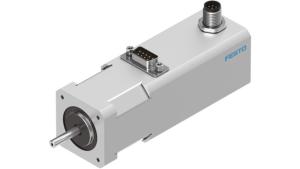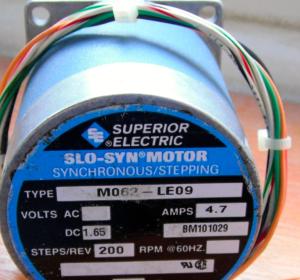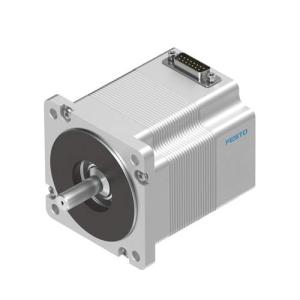Customer voice
Stepper Motors:
What Are Stepper Motors?
Stepper motors, also known as step motors or stepping motors, are electrical motors that rotate in a series of small angular steps instead of continuously. These motors are a type of digital actuator commonly used in various applications across industries.
How Do Stepper Motors Work?
Stepper motors operate by receiving electrical pulses from a controller. Each pulse corresponds to a discrete step, causing the motor to move incrementally. Unlike traditional motors, stepper motors do not rely on feedback for position control. Instead, they follow precise sequences of steps, making them ideal for applications requiring accurate positioning and control.
Key Features of Stepper Motors:
- Open-Loop Control: Stepper motors operate in an open-loop system, meaning they do not require external feedback devices.
- High Precision: Stepper motors provide precise angular movement, making them suitable for tasks like 3D printing, CNC machines, and robotics.
- Low Maintenance: Their simple design and lack of brushes contribute to low maintenance requirements.
- Full Torque at Rest: Stepper motors can hold their position without power, providing stability in stationary applications.
- Various Types: Stepper motors come in different configurations, including bipolar and unipolar, with varying step angles and holding torques.
In summary, stepper motors offer reliable and controlled motion, making them indispensable in automation, robotics, and other precision-driven systems.









